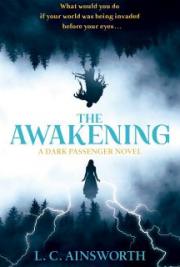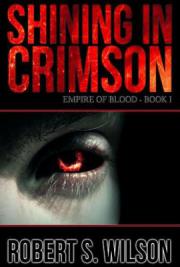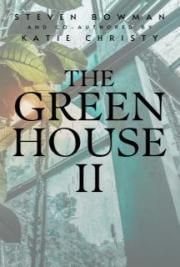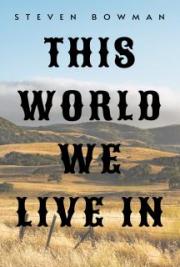Getting that blue check mark on Instagram, Facebook, and Twitter is now super hard.
I’ve been verified on Facebook and Twitter for 14 years, perhaps as long as Warren Whitlock and Dylan Collins!

But what about YouTube?
YouTube channel verification is that gray check next to your channel name– showing up in search results, in lists of videos, in comments, and anywhere else your channel name would show up.

This is not the same as verifying your YouTube account.
The verification badge shows that your channel is trusted and authentic, standing out from fake accounts or channels with similar names. YouTube started giving out badges a few years ago when spammers started creating fake accounts. TikTok and Instagram have a much greater problem with spam because accounts are easier to create, fake followers are easy to buy, and direct messaging is so easy.
In doing research for this article, I came across an excellent piece by Hootsuite on YouTube channel verification:

Only problem is that Hootsuite doesn’t have a verified account, since they have only 50,000 subscribers:

Anyway….
What is the criteria for getting your YouTube channel verified?
Three things– 100,000 subscribers, being “authentic”, and being “complete”:

The 100K subs is easy enough to understand. But what does being “authentic” or “complete” mean? This is what Google, the owner of YouTube has to say:
After you apply, we’ll review your channel. We verify channels that:
Are authentic: Your channel must represent the real creator, brand, or entity it claims to be. We’ll check different factors to help verify your identity, such as the age of your channel. We may also ask for more info or documentation.
Are complete: Your channel must be public and have a channel banner, description, and profile picture. The channel also needs to have content and be active on YouTube.
Sometimes, YouTube may also proactively verify channels with fewer than 100,000 subscribers that are well-known outside of YouTube.
Notice that the 100,000 subscriber requirement isn’t necessary.
We see a lot of channels that have under 100 subscribers that are getting verified.
Google is relatively new to the verification game, since it’s only partially a social media channel. Thus, verification on YouTube doesn’t carry the same status as a blue check on TikTok, Facebook, or Instagram.
But what about Instagram?
Right now, verification on Instagram is the hardest to get. Even high profile entrepreneurs like Alex Hormozi don’t have the blue check (as of the time of this article being published). And my inside sources say he’s been trying to get this done for over a year, plus doing the standard things to get verified, like say “official account” in his profile and get a bunch of high profile (DR70+) articles written about him.
There is the “fake artist technique” that’s working on Instagram, which is to change your Instagram profile to be a musician. If you do this (and I don’t recommend you do), you’d set up some songs (hire folks on Fiverr), then distribute on Spotify, SoundCloud, iTunes, and so forth. Whitewash your account with your fake recordings and performances, while talking about your latest album.
No entrepreneurs have gotten verified on Instagram in the last few months, according to Gavin Lira, CEO of The Empathy Firm, a PR firm serving successful business owners.
What’s the future of YouTube channel verification?
I’d be willing to bet that Google will put more controls in place, such as a double or triple layer of internal review, much like Facebook. As some people are able to pay their way to get channel verification, eventually, there will be a formal application process.
Channels that have over 100,000 subscribers will likely find it much easier than channels who have under 100,000 subscribers.
I’d bet they change the gray checkmark to a blue one later one.
Meanwhile, continue to post awesome content around the theme of your channel, much like Tommy Mello of A1 Garage. Notice how he’s made a ton of garage door repair tutorials. This one got 1.5 million views and is still growing:

Google mentions that they take into account the quality and consistency of the videos. And because we know the YouTube algorithm shows related videos, a channel that goes deep into one topic can rack up a lot of channel views and subscribers.
Now back to you, dear reader. What is the one thing your YouTube channel is about? And are you willing to steadily make a bunch of videos about that one topic for at least a year, so you can show a steady history to Google?
If you have any questions about YouTube channel verification, you can reach me at dennis@blitzmetrics.com.











